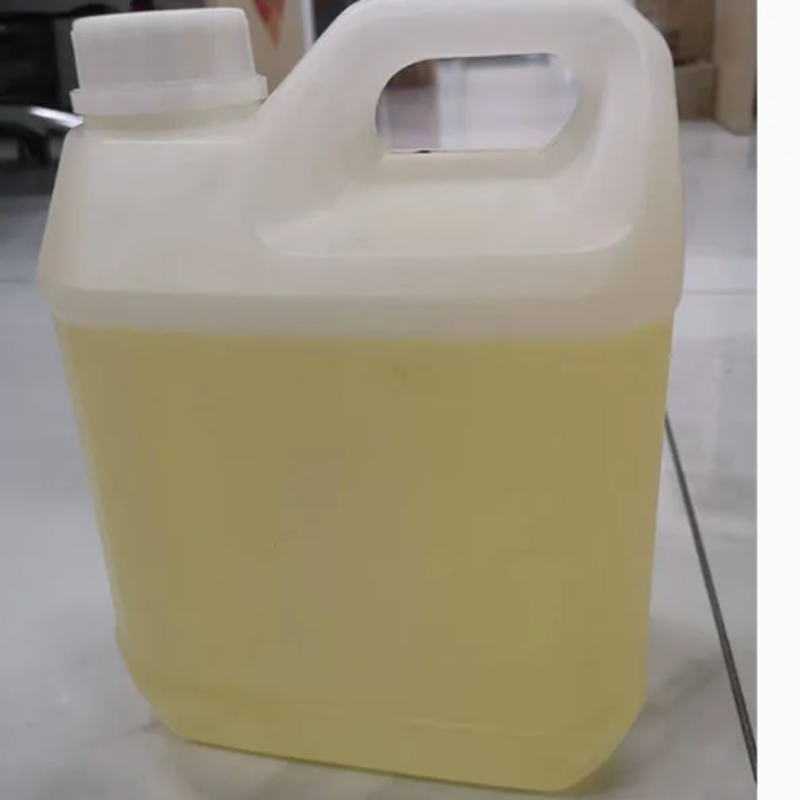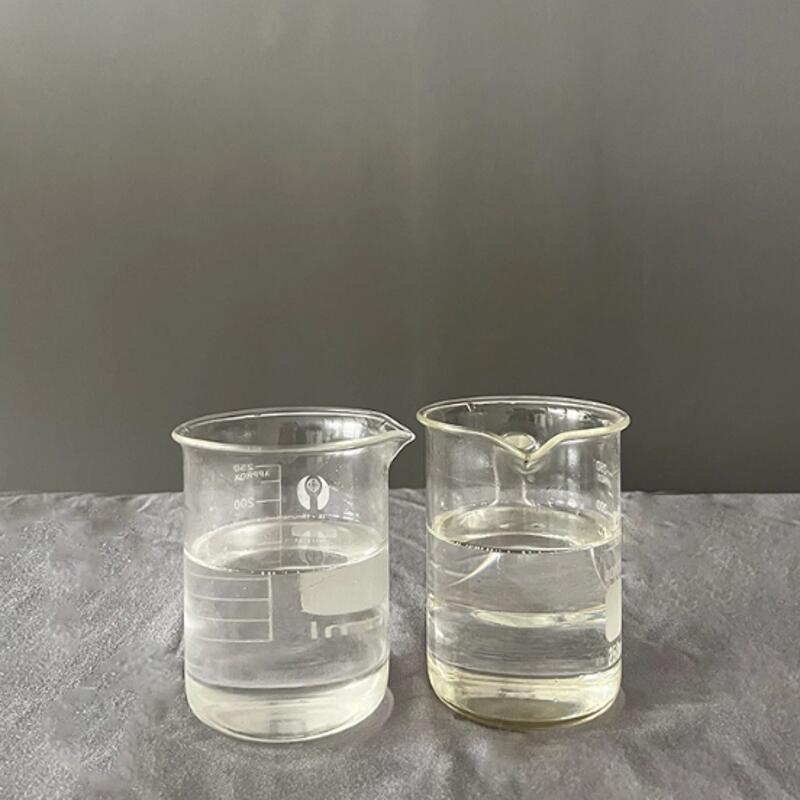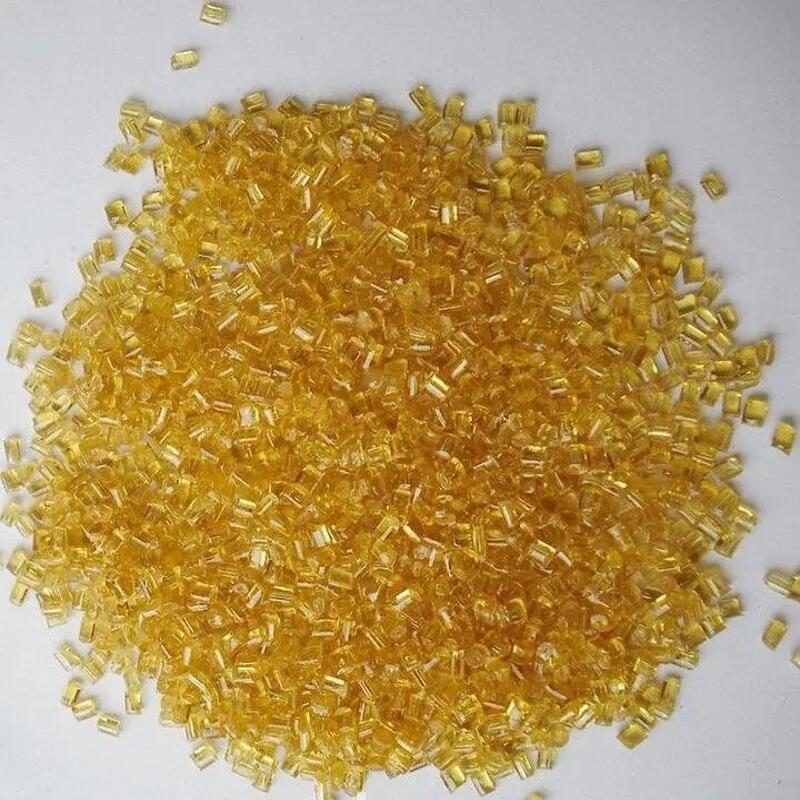-
Categories
-
Pharmaceutical Intermediates
-
Active Pharmaceutical Ingredients
-
Food Additives
- Industrial Coatings
- Agrochemicals
- Dyes and Pigments
- Surfactant
- Flavors and Fragrances
- Chemical Reagents
- Catalyst and Auxiliary
- Natural Products
- Inorganic Chemistry
-
Organic Chemistry
-
Biochemical Engineering
- Analytical Chemistry
-
Cosmetic Ingredient
- Water Treatment Chemical
-
Pharmaceutical Intermediates
Promotion
ECHEMI Mall
Wholesale
Weekly Price
Exhibition
News
-
Trade Service
1.
The demand for polystyrene is growing rapidly
Polystyrene (PS) is a polymer synthesized from styrene monomer and is a general-purpose thermoplastic, generally in the form of rigid, naturally transparent or artificially colored resins that can soften at temperatures up to 100°C Modeling
.
With the rapid growth of China's industrialization and economy, the demand for polystyrene has experienced significant growth, from about 2.
5 million tons in 2015 to about 3.
8 million tons in 2019, with a compound annual growth rate of about 11.
2%
.
In response to the expanding market demand for polystyrene, the production of polystyrene increased from approximately 2 million tons in 2015 to approximately 2.
8 million tons in 2019, with a compound annual growth rate of approximately 8.
1%
.
2.
The export volume of polystyrene remains stable
Due to the rapid urbanization in China, the consumption of plastics is on the rise, and the import volume of polystyrene has increased significantly from about 778,000 tons in 2015 to about 1,309,700 tons in 2019, with a compound annual growth rate of about 9.
1%
.
In particular, a series of domestic manufacturers began importing polystyrene instead of styrene following the decision by the Chinese Ministry of Commerce to impose anti-dumping duties of 3.
8% to 55.
7% on styrene imports from South Korea, Taiwan and the United States
.
Meanwhile, China's polystyrene exports remained relatively stable from 2015 to 2019 at around 300,000 tons
.
3.
The price of polystyrene raw materials fluctuates
Styrene is the main raw material for the production of polystyrene and a derivative of crude oil, so its market price is related to the fluctuation of crude oil price
.
The price of styrene increased steadily, from approximately RMB 6,933.
6 per ton in 2015 to approximately RMB 12,283.
9 per ton in mid-2018
.
During the same period, the price of pentane increased from approximately RMB 4,291.
3 per ton in 2015 to approximately RMB 4,900.
0 per ton in mid-2018, and decreased to approximately RMB 3,221.
7 per ton in mid-2020
.
The relative price fluctuations of styrene and pentane were in line with the fluctuations in crude oil prices over the same period, which gradually increased from approximately US$47.
1 per barrel to approximately US$72.
7 per barrel in mid-2018 and decreased to approximately US$39.
5 per barrel in mid-2020
.
Styrene, pentane and crude oil prices all fell sharply in the first quarter of 2020 due to the global and Chinese economic recession
.
4.
EPS production and earnings fluctuate
EPS is a lightweight porous polymer made by adding a foaming agent to polystyrene resin and heating it to create a closed honeycomb structure with air cells inside
.
Based on different physical properties (such as density, toughness and thermal insulation) of EPS, it can be divided into different grades, namely general grade, rapid prototyping grade, flame retardant grade (self-extinguishing), non-HBCD flame retardant grade, antistatic grade and food grade
.
These properties give EPS products different characteristics
.
EPS has the properties of good shock absorption, high mechanical strength, durability, heat insulation and moisture resistance
.
EPS is widely used in transportation packaging and packaging materials for valuable and fragile items and perishable food
.
In addition, EPS is an inert material and is used in a variety of applications including thermal insulation panel systems for walls, roofs and floors in building construction and structural components of electrical appliances
.
From 2015 to 2019, the production volume and manufacturing revenue of EPS in China increased at a CAGR of approximately 3.
1% and approximately 3.
5%, respectively, reaching approximately 1.
5 million tons and approximately RMB16.
132 billion
.
Due to anti-dumping investigations and regulations on styrene in 2017 and 2018, EPS production and manufacturing earnings have fluctuated
.
The ex-factory price of EPS (that is, the price at which a manufacturer sells EPS to a customer) is usually related to the supply and price of styrene in China
.
Due to the imposition of anti-dumping duties on styrene in 2018, the supply of styrene in the Chinese market decreased, resulting in higher EPS prices in the same year
.
The ex-factory price of EPS increased at a CAGR of approximately 0.
4%, from approximately RMB 10,686.
7 per ton in 2015 to approximately RMB 10,840.
0 per ton in 2019
.
Since EPS prices are closely related to styrene prices, styrene prices are affected by crude oil prices
.
As a result, the ex-factory price of EPS in China fell sharply from RMB 13,395.
2 per ton in mid-2018 to RMB 7,937.
5 per ton in mid-2020 due to the slump in crude oil prices
.







